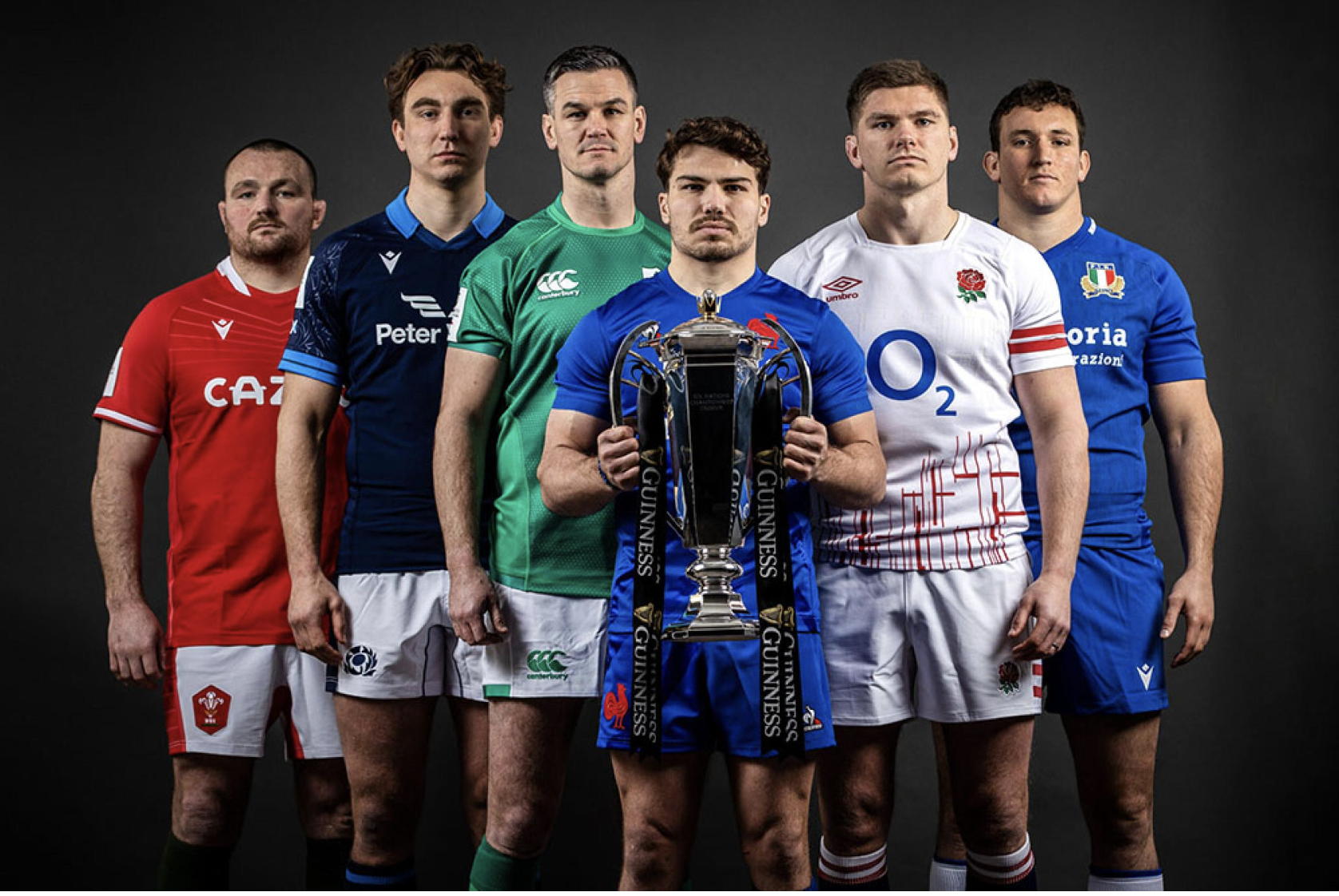 The market for young players is very congested. Lots of sports all trying to attract players to their game. The “hook” that finally pulls them in can be from any of the following: facilities, family tradition, peer group, marketing strategy of the club, school link, or more relevantly, good teaching and coaching.
The market for young players is very congested. Lots of sports all trying to attract players to their game. The “hook” that finally pulls them in can be from any of the following: facilities, family tradition, peer group, marketing strategy of the club, school link, or more relevantly, good teaching and coaching.
One thing is for sure – if the participants don’t enjoy the coaching sessions, you may lose them and very quickly. So attending a rugby club coaching session has to be an enjoyable one!
In my experience, if young players are having fun with their mates they are far less likely to leave and try another sport.
Preparing coaches to run effective programs is vital if your club is to prosper and grow.
Below we share our insight on a recommended model of coaching based on insight from a two-day Coach Education Programme (evening session and coaching session) held in February 2017 at Bond Pirates Rugby Club, which involved 20 coaches and over 40 x 12/13/14 year old boys.
Bond Pirates Coach Education Model
The key word in our initial thinking was “relevance” and that coach education should be about “how” rather than “what”.
We can’t have coaches, who have full-time jobs away from coaching, give up their time to attend something that has only limited relevance.
We were running a coaching course that ran from Friday evening to Saturday afternoon and we wanted the coaches fully involved every minute. We wanted to challenge their thinking from the very first minute. We wanted them to shift their mental approach and be more creative when designing practices and sessions, not just click on a you-tube video. So our content had to be relevant.
Coaching Philosophy
Bob Dwyer, Australian Rugby Union coach that had coached Australia to victory at the 1991 Rugby World Cup, had sent around a video including his coaching views with the motto, “to teach and coach the game effectively, you must understand the game”. Bob’s 15 minute explanation included his philosophy on the key principles of “team play”. These included:
- Go-forward
- Support
- Re-alignment
These key principles have to become part of a player’s DNA. Our team has to be able to “apply continuous pressure in attack and defence”.
Most coaches have a coaching philosophy, but keep it to themselves. Why is that?
We addressed these principles and an open discussion followed. There was general agreement in Bob’s philosophy and I felt that the coaches had a better understanding of “instinctive play” and the concept of “learned instinct”. Rugby Union is an exciting game when players play instinctively with enthusiasm and good basic technique.
Coach education evenings have to be interactive and, to that extent, the white board is free for all to use. If you want to clarify a point by putting something on the white board then step forward and do so. (iPhones are great for photographing script and save time). So we can wipe clean and move on.
Having a television, wall mounted, close by the white board, adds to the effectiveness of presentations because you can ask questions of different aspects of play. My advice is to only run short clips and discuss each quickly rather than long segments so that the information is easily digestible.
Teach Technique and Progress
We discussed the importance of focussing on technique and we all agreed that this applied to both young and old, learner and elite player. The amount of time you allocate to each during a session (usually 90 mins) depends on several performance related factors.
Many elite performers still need help with technique issues, so never make assumptions about technique regardless of level – some players will camouflage their deficiencies.
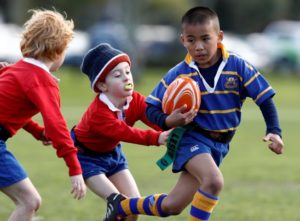 This statement led nicely into a power point presentation (one slide only), which stated – “Open the door to self-improvement”.
This statement led nicely into a power point presentation (one slide only), which stated – “Open the door to self-improvement”.
To become a better coach, you have to be able to progress practices.
Understanding the need to work on technique and skill application in a game scenario in a coaching session will help you progress your practices. More importantly, your players will develop an understanding of their role in the practices, as they become more complex.
This is very relevant if you are coaching overseas in a foreign language. You now begin to challenge their understanding, whilst at the same time, being able to measure their understanding.
The coach education evening was progressing nicely and everyone in the room was comfortable. It was time to challenge the coaches understanding by showing a 3 minute piece of practice (we chose a snippet from the Highlanders training session) and ask them to identify how the practice relates to the skill application component.
The questions put to the coaches were as follows:
1. What would your technique component involve?
2. What would your game scenario be?
I scribbled lots of their suggestions on the white board. They were all relevant. And because the clip was only 3 minutes long, we could keep re-playing it. The overall theme/formula, which had total buy-in from the coaches, was this:
If you want your players to improve, you have to be able to progress practices.
Now it was time to let the coaches sit back and look at a series of 42 second long video clips, highlighting how to progress practices. Bob Dwyer and I made these over two days of coaching at Leeds Carnegie. There were 13 clips of action, each lasting about 42 seconds. Just to emphasise the point, we showed the final clip first and then went back to the first one and worked through each.
What we looked for throughout the series of clips was progression and quality technique throughout. These clips demonstrated all of the points previously made with greater clarity. It was also noted how hard Bob was working at encouraging the players!
At this point we had covered both the theory and the visual. But if our coaches were to become more effective, they must progress from the classroom to the playing-field as part of this Coach Education Programme. So we arranged for them to work hands-on with youth players the following day.
We agreed that the practices had to progress and that the coaches had to grow the players.
I outlined (on the white board) the practice I was going to start with, which had a handling-footwork and support-play base. I would demonstrate this and then the coaches would go away with a group of players and progress the practice.
Discussion and understanding followed and a few suggestions. Less experienced coaches could work in small groups or with a partner.
Put Coaches in Action on the Pitch
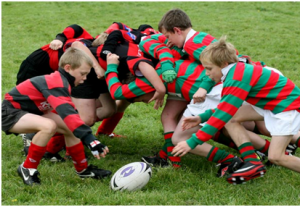 Coaches and players arrived early for an 8am start on the Saturday.
Coaches and players arrived early for an 8am start on the Saturday.
I asked the boys, “Who wants to play for the Wallabies?” and all hands went up. I told them that they can. “Every international rugby player was a 12 year old boy once”.
Young players don’t need long monologues, so I got them all moving quickly and all the coaches got involved. Groups of five, coach rolling the ball, nearest player picks up, passes to each, then back to the coach and we roll again.
“We want quality technique at pace today”, I told everyone (including the coaches). Generally the Southern Hemisphere trains at a faster pace than the Northern Hemisphere.
I get the entire group sitting down and when there is quiet, I introduce and demonstrate the practice. The coaches take away their respective groups and I left them to it.
For two hours they worked hard and developed practices around the main theme, occasionally stopping to hydrate and make some observations. Now the coaches were working with the players and they were really getting stuck into it! Enthusiasm is everything and young players will feed off a coaches passion.
We then has a well-deserved break for fruit and drink before we welcomed former Wallabies Tim Horan and Garrick Morgan who did some specialist backs and forwards work and Phil Mason-Cox who ran some rugby movement and footwork practices, many which included using the rugby ball.
We had three groups that rotated every 30 minutes approximately. This was a time when the coaches could wander from group to group and watch, listen, and ask questions or get involved, if asked.
All the watching coaches remarked on the simplicity and attention to detail used by our specialist coaches.
Do not ever be surprised by how quickly young players can improve when subject to quality practices and passionate coaching.
The morning session flew by and the young players were especially impressed when Tim Horan told them that he started playing for the Wallabies when he was only 19 years old. This comment fit in nicely with my earlier comment – “every international rugby player was a 12 year old boy once”.
Tie Everything Together in Game Scenario
 In the afternoon, the group was split into four teams and we played two games across the field on adjoining pitches – touch line to touch line (you can vary the width to affect style of play).
In the afternoon, the group was split into four teams and we played two games across the field on adjoining pitches – touch line to touch line (you can vary the width to affect style of play).
Coaches were allocated to each team and were left to design their own game and coach “on the run”. We had made the point earlier of how important it was not to over-coach and to allow the players the freedom to express themselves and to demonstrate their skills and understanding.
It never fails to amaze me how young players can lift their performance when you get to the game scenario stage. Despite the high temperature (30+) the pace and enthusiasm was unrelenting.
Short water breaks afforded the opportunity for coaches to make succinct points with no waffle.
As I walked around watching and listening, one coach told me that he could clearly see how there was progression from our earlier practices to the current game.
We rotated the teams and after an hour we blew the final whistle. Parents arrived and we all sat together for a final short wrap-up. I asked the question, “Do you still want to play for the Wallabies?”. All hands shot up.
Conclusion
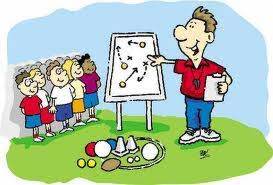 All the coaches that attended the Coaching Education Programme felt that the two day experience had broadened their view on coaching and had offered them a framework within which they could coach with passion, enthusiasm and a design structure for preparing sessions.
All the coaches that attended the Coaching Education Programme felt that the two day experience had broadened their view on coaching and had offered them a framework within which they could coach with passion, enthusiasm and a design structure for preparing sessions.
Now when they watch their teams play they will identify areas to work on and have the confidence and knowledge to prepare relevant practices, which they can progress with the knowledge that it will lead to improved individual and team performance.
The Bond Pirates Coach Education Model is one of many models, but it was a model that produced the outcome we were hoping for.
Coach education models have to be all inclusive and relevant both inside and outside of the classroom. Only by involving yourself as a coach will you benefit from the experience. Then it is up to you, the coach, to go out and make it happen, every time you cross the white line!
Thanks to everyone at Bond Pirates for a memorable weekend.
By: Mike Penistone and Bob Dwyer
Mike Penistone
www.rugbycoachingconsultancy.com
www.rsservices.co.uk
Email: info@bondpirates.com.au
Bond Pirates Rugby Club
Pizzey Park/Sonia St. Miami
Gold Coast
QLD 4220








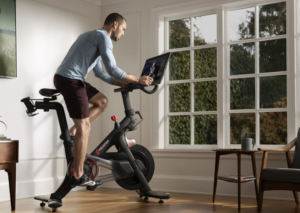 When most people hear the word “Peloton” they think of an expensive black bike with shiny red buttons and that controversial commercial where the husband gifted his wife a Peloton for Christmas.
When most people hear the word “Peloton” they think of an expensive black bike with shiny red buttons and that controversial commercial where the husband gifted his wife a Peloton for Christmas.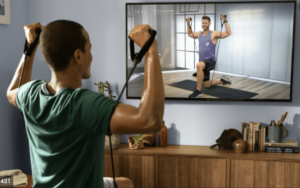 If the app interests you, Peloton is currently offering a 30 day FREE TRIAL, so why not give it a try? Check it out
If the app interests you, Peloton is currently offering a 30 day FREE TRIAL, so why not give it a try? Check it out 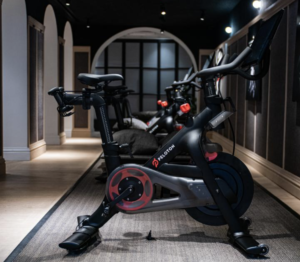
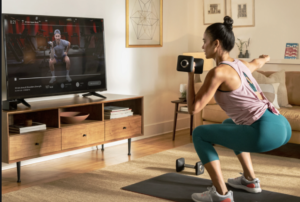
 This article would not be complete, however, if we did not acknowledge some of the delivery issues that have been plaguing Peloton over the last year. Most of the delivery issues seem to affect U.S. deliveries, however, the UK deliveries have been affected as well.
This article would not be complete, however, if we did not acknowledge some of the delivery issues that have been plaguing Peloton over the last year. Most of the delivery issues seem to affect U.S. deliveries, however, the UK deliveries have been affected as well.







